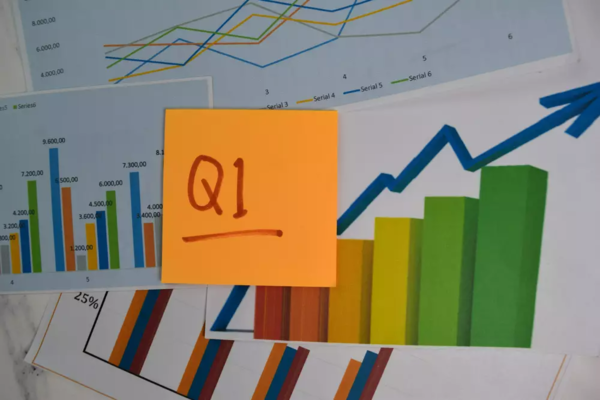Tom Lydon, CEO of ETF Trends, recently appeared on TD Ameritrade to discuss flows and performance in the first quarter of 2022 with host Nicole Petallides.
Lydon explains that 80% of advisors are currently concerned with geopolitical risk, inflation, and rising interest rates. These fears and concerns were reflected in how advisors and investors were allocating their money, both in the industries and sectors they invested in, as well as those sectors they were retreating from.
“At one point in time, we had negative flows, or outflows, with fixed income ETFs, and still they’re very, very tepid,” says Lydon.
Of note was the amount of advisors and investors buying the dip in both large-cap growth and large-cap value ETFs. The Vanguard S&P 500 ETF (VOO ) is a prime example of that, bringing in over $30 billion in inflows for the first quarter of 2022.
Perhaps the greatest surprise of all has been the surge in commodities investing, with over three times the amount of inflows in Q1 of 2022 than all of 2021 combined for commodities.
“Advisors and investors are leaning into trying to protect portfolios from rising inflation and interest rates and diversifying away from traditional stocks and bonds,” Lydon says.
Before the Russia-Ukraine war, international stocks had experienced greater inflows than domestic stocks, partially driven by the valuations in emerging markets, which traditionally were around half those of developed markets. Now, however, investors have retreated back to a focus on domestic stocks as volatility driven by geopolitical tension continues for European and Asian securities, and investors move away from the AGG and into areas such as high dividend stocks and alternative strategies when seeking income.
The performance in Q1 2022 seems to indicate an ETF industry that is continuing to expand as more players continue to convert strategies into the ETF wrapper.
“In general, I think the idea is the ETF industry is not slowing down; when you have big companies like Dimensional Fund Advisors that convert over $45 billion in their mutual funds into ETFs, that’s important,” Lydon explains.
Other major players that are joining the ETF market include Capital Group, American Funds, and Morgan Stanley, which can provide excellent opportunities for investors that might be concerned about their mutual fund’s turnover and taxes in an environment of rising interest rates.
“I think ETFs stood the test of time, they continue to do what they’re supposed to do, and more importantly, there are more choices for investors in these challenging times,” Lydon says.
For more news, information, and strategy, visit ETF Trends.

